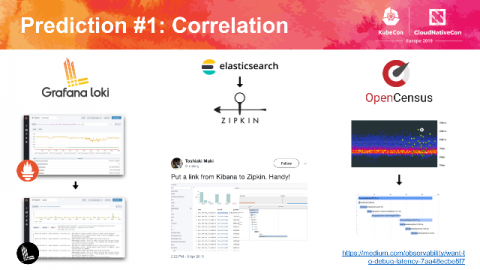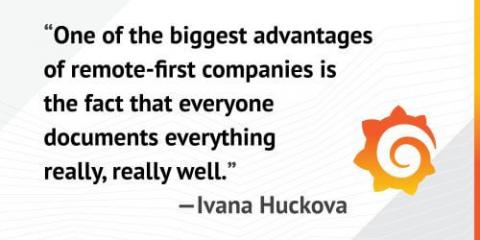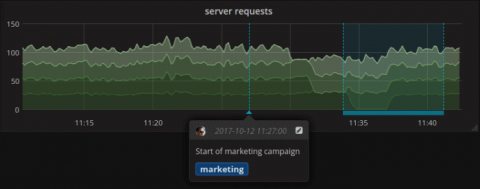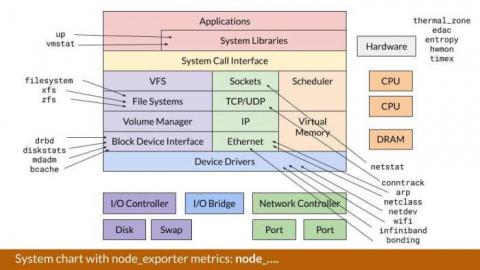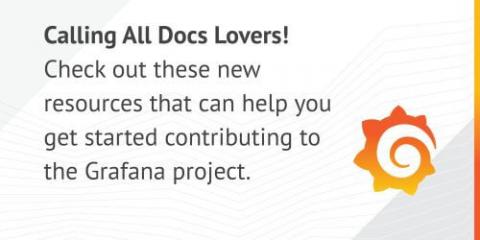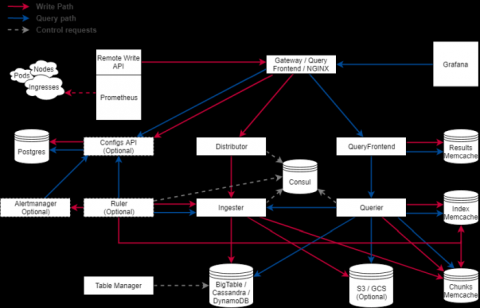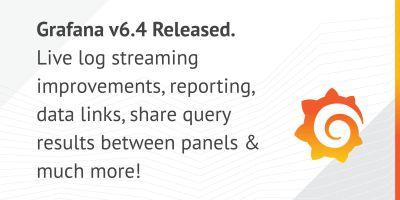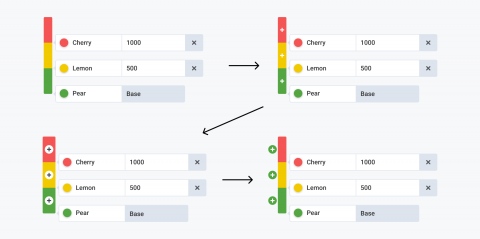What's Next for Observability
In the industry, the long-held theory behind observability is that a successful stack consists of three key components – metrics, logging, and tracing. “This is a mental model for people who are often new to observability which helps them get a handle on what they need to implement to be successful,” said Grafana Labs VP of Product Tom Wilkie during a keynote presentation he delivered at KubeCon + CloudNativeCon EU in May alongside Red Hat Software Engineer Frederic Branczyk.


